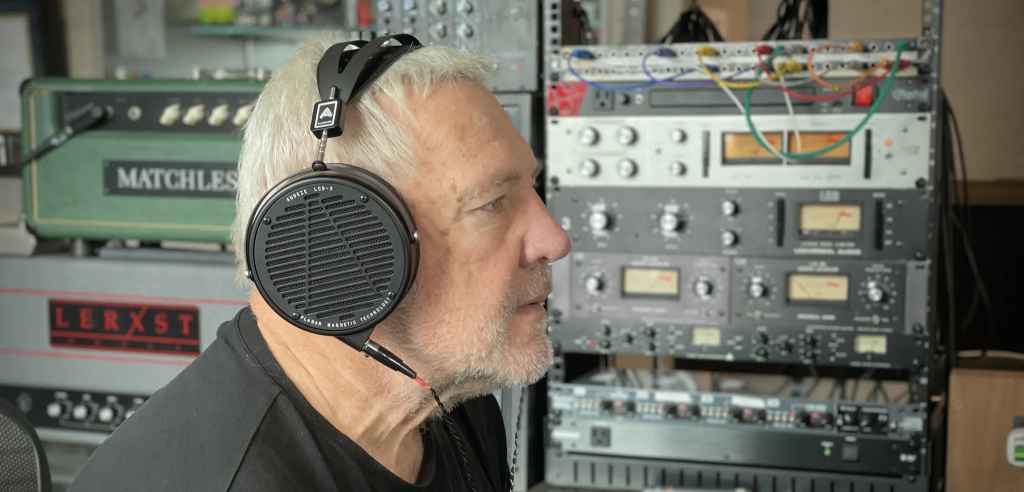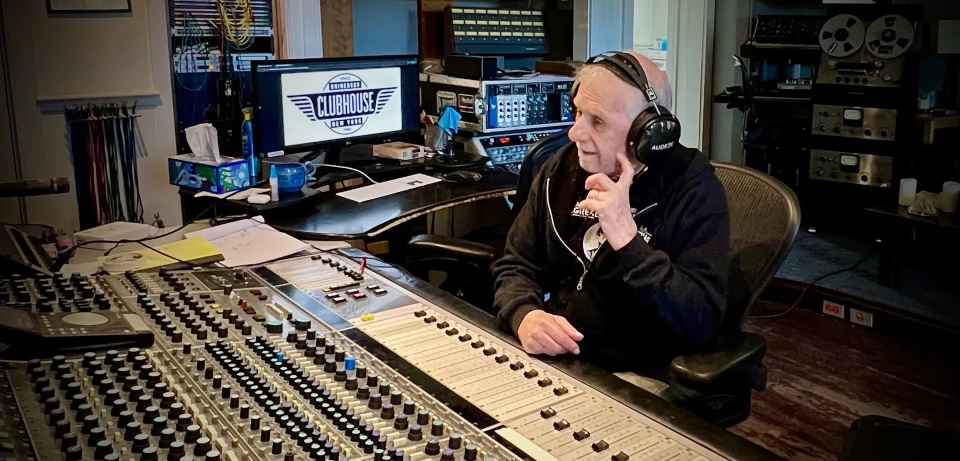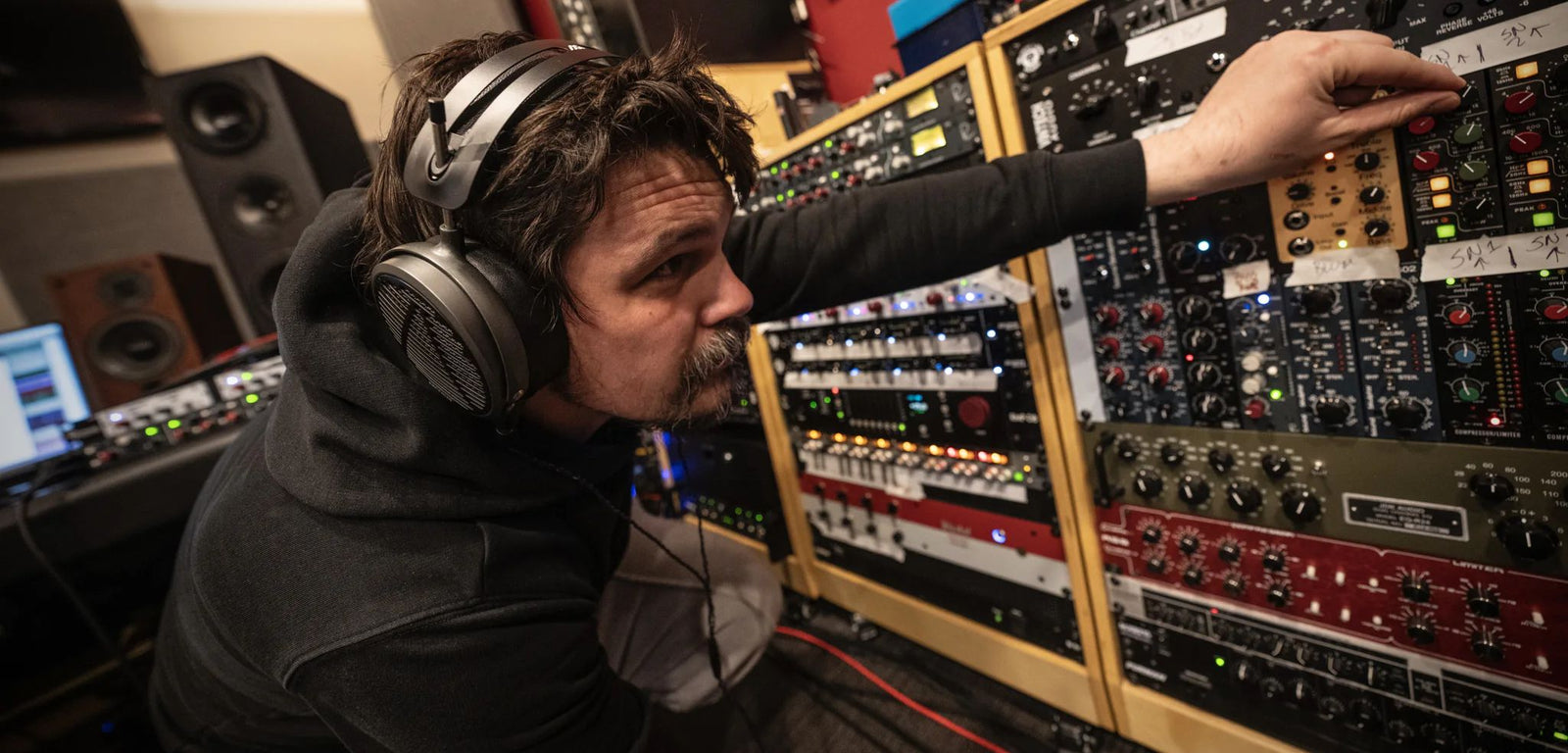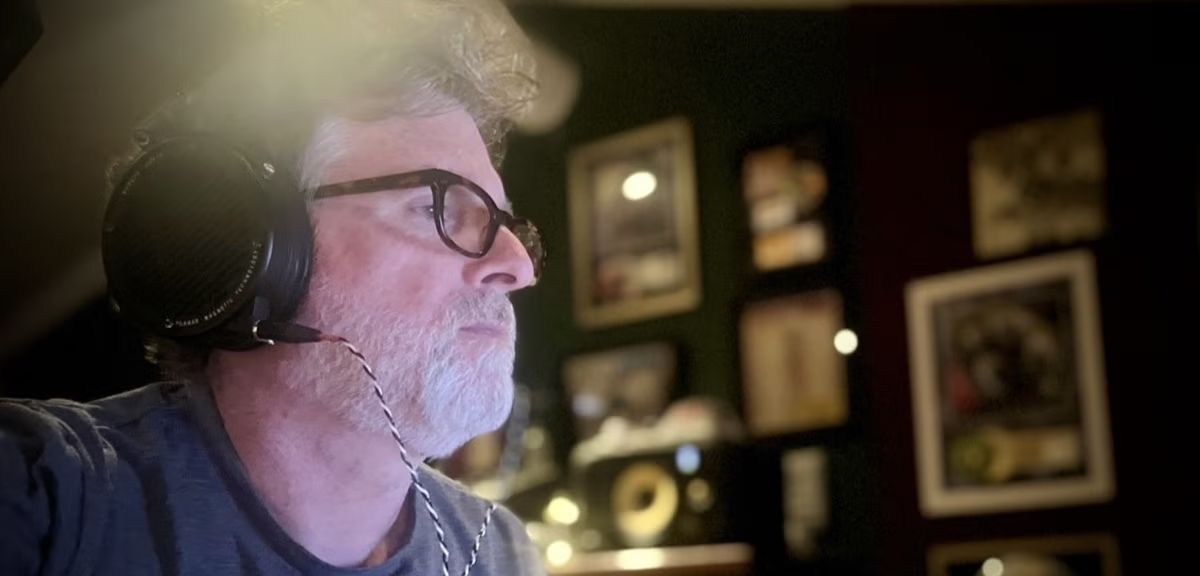
Alex Lifeson is a Canadian musician, best known as the guitarist of the Canadian rock band Rush.

Elliot Scheiner is an engineer and producer. He started working for Phil Ramone at his A&R studios which at that time was considered one of the best studios in the country.

James 'Jimmy T' Meslin is a Grammy winning recording, mix, and live sound engineer based out of Long Island, NY. He's probably best known for his work with prog-metal giants Dream Theater and their affiliated projects.

Dave Way has been mixing longer than he hasn’t. Platinum albums, No. 1 singles, 4 Grammys, 19 Billion streams with names like Michael Jackson, Fiona Apple, P!nk, Xtina Aguilera, Ringo Starr, Iron And Wine, Sheryl Crow, Marshmello, Fall Out Boy, Kesha, Macy Gray, TLC, Victoria Monet, Sons Of Anarchy, Tracy Chapman, Ben Folds, John Doe, MC5, Spice Girls, Weird Al, Paul McCartney, Bobby Brown, Mick Jagger and many, many more.
Sadie Dupuis is the guitarist, songwriter & singer of rock band Speedy Ortiz, as well as the producer & multi-instrumentalist behind pop project Sad13. As a producer, player, and topline writer, she has worked with artists including Lizzo, Backxwash, Ben Lee and The New Pornographers. Sadie heads the record label Wax Nine, edits its poetry journal, and is a regular contributor to Spin, Tape Op, Talkhouse, and more. Mouthguard, her first book, was published in 2018 (Gramma); Cry Perfume, a second poetry collection, was released in 2022 (Black Ocean). She is an organizer with the Union of Musicians & Allied Workers and its local UMAW Philly.

Speedy Ortiz - Rabbit Rabbit
Sad13 - Haunted Painting
Sad13 & Lizzo - "Basement Queens"
Backxwash ft. Sad13 & Ada Rook - "Song of Sinners"
Ben Lee ft. Sad13 - "Born for this Bullshit"
Songs in the Key of Death Podcast Soundtrack
I'm a composer, arranger and producer for my own projects Speedy Ortiz and Sad13, with an emphasis on guitars, synths and drum programming. I love adding textures and overdubs to flesh out my collaborators' and clients' existing arrangements, as well as writing toplines and backing vocals. I've also composed themes and other music for a handful of podcasts, and really enjoy interpreting narrative storytelling into a sonic complement.
I grew up playing piano and singing in childrens' choirs, so classical music was an early influence, but I also obsessed over rock and pop I heard on the radio in the mid-late '90s: Korn, No Doubt, Britney Spears, Destiny's Child. My parents had more of a taste for indie rock and introduced me to artists like Sebadoh, Liz Phair, and Pavement, and also to ska and punk, which influenced me when I started playing guitar at age 12. I played in bands throughout high school and picked up a little of the other rock instruments like bass and drums. I also got into home recording at this time, working on a Tascam 414 to demo my songs, later moving to GarageBand then Logic. I played in a few bands in my early 20s but Speedy Ortiz was the first one to take off, a huge gift that has taken me around the world and allowed me to meet many of my heroes. But when the band outgrew my engineering talents, I wanted an outlet for home recording, and that became Sad13. Through that project I've been able to delve further into production and collaborate with some contemporary favorites, and also explore genres outside of Speedy's brand of guitar rock, like orchestral arranging and hyperpop and new wave.
I took a recording class in 2007 that introduced me to more experimental techniques of sound design —field recordings, aleatoric music, and software like Max MSP. This gave me a new way to look at my home recordings which had been a little more conventional up to that point, and has continued to inspire me to incorporate found objects subbing in for traditional instruments (like microwave buttons as a synth on the last Sad13 record). I studied writing in school and have worked as a journalist and a teacher; it was thanks to early tour offers from some of my heroes including Stephen Malkmus and the Breeders that I felt the courage to quit my day jobs and pursue music full time. Since then I've been beyond grateful that other heroes have worked or toured with me or my band, including Foo Fighters, Liz Phair, Mary Timony, Interpol, Letters to Cleo, and Wilco. I'm also grateful to engineers we've worked with who have tolerated my enthusiasm and taught me a ton about mixing and production, especially the ones who have become close friends, like Sarah Tudzin, Erin Tonkon, Justin Pizzoferrato, Emily Lazar, Mike Mogis and Gabe Wax.
I try not to get too caught up in audio regrets, but I always hope to learn from moments of stress or disappointment. When something bothers me about an old mix or recorded performance, I work to learn how to do it better for next time. Every record I make I like better than the ones that came before it—I think this is as it should be, music-making is a lifelong pursuit and we should always be learning and growing. Another thing I'd emphasize is to make sure trust and respect are paramount in your relationship with your engineer or mixer. Some of the moments of frustration I experienced early in my career could have been avoided with better communication—collaborating with folks whose work styles resemble or complement my own is a big help.
I love using my guitar pedals to re-process or re-amp non-guitar sounds—vocals, snare and kick, synths. The weirder the effect the better—layering and panning unconventional sounds is great for carving texture and mystery into a mix, especially as an easter egg for headphone and close listeners. Earthquaker Devices, Red Panda, and Old Blood are some of my favorites. I especially love the Rainbow Machine for its versatility as a chorus or a modulator or a sprinkle-generator.
Don't be afraid to try new things or reject so-called best practices! Sometimes the "worst" or "wrong" equipment will provide inspiration or a creative route to an undiscovered sound. Sylvia Massy has been a big inspiration in this regard. Finding your own best workflow takes trial and error and a lot of practice, so might as well be adventurous as you start to figure out what works best for your voice and your sound. And this goes without saying but it's important to listen to a broad variety of music, including and maybe especially stuff you don't like. Understanding how songs and sounds are put together and what about them makes you feel good or bad, is essential ear training.
Since I'm on the road so often I'm always working on a laptop, and headphones are an integral part of my composing, pre-production, and mixing processes. Even at home in Philly, I get different kinds of inspiration from different parts of my house (or outside of it), so it's great to be able to work outside of my project studio and know my headphones won't let me down. As my productions tend to be pretty dense, I also like to use a variety of headphones and speakers in referencing mixes and masters, so I can catch how a spectrum of listeners will pick up on different details and frequency ranges!
I've been using these headphones for just about everything since they landed at my desk... tracking guitars, stacking vocals, mixing, referencing our test pressings for Rabbit Rabbit, and also for non-work listening! The first time I used them I dropped an audible "wow." I love their clarity and transparency, how well details pop through, and best of all I never get ear fatigue working on these, which has not been true of any of my previous headphones. I was able to record overdubs for some collaborations with a couple favorite artists including Lizzie No and Lady Pills just before I left on tour, and it was great to be able to trust what I was hearing in my headphones so implicitly. I'm looking forward to diving deeper into production work!

Artists may receive discounted Audeze product in exchange for interviews and opinions. Audeze does not solicit specific outcomes as part of any artist agreement.